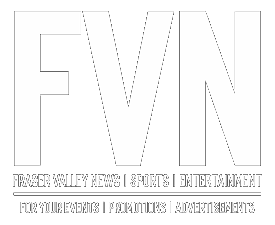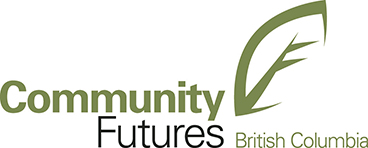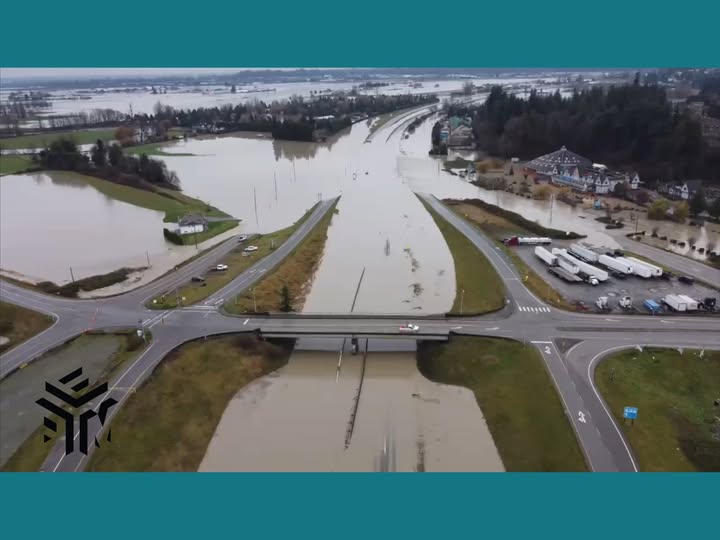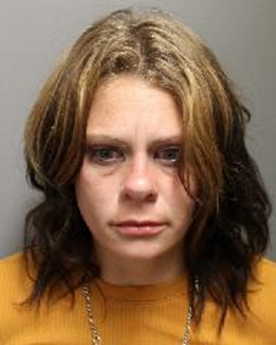We have too many blind corners in our communities says a correspondent. They have had and seen many near misses because drivers cannot see around trees and shrubs when attempting to turn onto a street. It is often impossible to see cross traffic where the growth of grass and weeds force drivers to pull out too far in order to see oncoming traffic.
Many 4-way stops have hedges and trees growing sometimes blocking the stop signs entirely. Property owners should be told when their bushes and trees pose a hazard to visibility and perhaps be asked to trim them, or have the city do it.
The City of Port Alberni’s zoning bylaw is one example of how sight triangles at intersections in the city must be created and maintained:
Notwithstanding any other section of this Bylaw, on a corner lot at any street or lane intersection, except for a permitted principal building, there shall be no obstruction of the line of vision above a height of 1.25 m (4.1 ft) and below a height of 3.0 m (9.8 ft) in the triangular area contained by lines extending to points 6 m along each lot line from the corner of the lot and a diagonal line connecting those points.
<image furnished as attachment>
If the obstruction is from someone’s property, the bylaw can be used as a remedy. When it is growing from or situated on the boulevard, then it is the municipality’s responsibility.
Contact the municipality responsible and explain the difficulty. Bylaw enforcement will deal with the property owners and public works will do the maintenance for public property. Be persistent if no action is taken. The most effective method is likely sending a written notice to city council.
The same process works with provincial highways. The British Columbia Active Transportation Design Guide explains how sight lines are decided starting on page G10.
In that case though, the agency to advise is the road maintenance contractor with a copy to the district office of the Ministry of Transportation and Infrastructure. They have the authority to take action under the Transportation Act.
Drivers who are faced with poor sight lines at an intersection must stop as required. Having done that, creep forward to a point where you can see without interfering with cross traffic and make a second stop. Proceed when it is safe to do so.
Story URL: https://www.drivesmartbc.ca/intersections/fences-trees-and-hedges-blocking-view
— Tim Schewe Road Safety Advocate DriveSmartBC.ca







